Bringing a dog into your home for the first time is an exciting yet challenging experience. While all dogs require training and attention, some breeds present significantly more difficulties in behavior management than others. For novice dog owners, selecting the right breed can mean the difference between a harmonious household and constant frustration. Understanding which breeds demand advanced handling skills is crucial before making a commitment that could last over a decade.
The Siberian Husky tops many lists of challenging breeds for first-time owners. Bred for endurance and independence, these strikingly beautiful dogs possess an adventurous spirit that often overrides their obedience instincts. Their high energy levels and strong prey drive make off-leash activities risky without extensive recall training. Huskies are notorious escape artists, capable of jumping fences or digging under them with alarming efficiency. Their vocal nature—ranging from howls to dramatic "talking"—can test the patience of unprepared owners and neighbors alike.
Dalmatians present unique challenges that often surprise well-meaning adopters drawn to their distinctive spotted coats. Historically bred as carriage dogs, they possess incredible stamina and require substantially more exercise than the average breed. Without proper outlets for their energy, Dalmatians frequently develop destructive behaviors. This breed also has a genetic predisposition toward deafness and urinary stones, adding potential health management complications to their behavioral demands.
Few breeds match the Jack Russell Terrier for sheer intensity packed into a small frame. What these dogs lack in size, they more than compensate for in determination and energy. Originally bred for fox hunting, their prey drive remains exceptionally strong, making coexistence with small pets difficult. Jack Russells demand constant mental stimulation—puzzle toys, advanced training, and vigorous daily exercise are necessities, not luxuries. Their intelligence often translates to creative problem-solving when left to their own devices, usually resulting in household chaos.
The Akita presents challenges rooted in its powerful protective instincts and strong-willed nature. These majestic Japanese dogs form intense bonds with their families but often remain aloof with strangers. Their size and strength require owners capable of maintaining control in all situations. Akitas have a low tolerance for other animals, particularly same-sex dogs, making socialization an ongoing process rather than a one-time effort. Their independent thinking means commands are often met with consideration rather than immediate compliance.
Border Collies consistently rank among the most intelligent dog breeds, but this very trait makes them exceptionally demanding for inexperienced owners. Bred for herding livestock, their minds and bodies require near-constant engagement. Without appropriate outlets, Border Collies frequently develop obsessive behaviors like shadow chasing or compulsive licking. Their sensitivity to environmental stimuli means they notice and react to everything—a trait that can lead to overstimulation and anxiety in busy households.
Few breeds embody the concept of "stubborn" quite like the Bull Terrier. Recognizable by their egg-shaped heads, these muscular dogs combine tenacity with a playful, clownish personality. Their strong will requires consistent, firm training from puppyhood. Bull Terriers often develop obsessive attachments to particular toys or games, and their powerful jaws can make redirection challenging. While immensely loyal, their exuberance and physical strength can overwhelm children and elderly family members.
The Chow Chow's lion-like appearance attracts many admirers, but this ancient breed's independent nature often clashes with first-time owner expectations. Unlike more eager-to-please breeds, Chows typically show moderate interest in obedience for obedience's sake. Their strong guarding instincts require careful socialization to prevent overprotectiveness. The breed's distinctive thick double coat demands extensive grooming, while their predisposition to various health issues adds another layer of responsibility.
Australian Cattle Dogs (also called Blue or Red Heelers) bring working-dog intensity into the home environment. Bred to herd cattle across vast Australian ranches, they possess seemingly boundless energy and require both physical and mental challenges daily. These dogs often "herd" children or other pets by nipping at heels—a behavior that requires consistent correction. Their intelligence makes them quick learners, but also enables them to outsmart inexperienced trainers with ease.
The Beagle's friendly demeanor and compact size often mislead first-time owners into underestimating their challenges. Originally bred as scent hounds, Beagles operate primarily through their powerful noses rather than human commands. Off-leash recall proves exceptionally difficult when they catch an interesting scent. Their vocalizations—particularly the distinctive bay—can reach surprising volumes for their size. Beagles also demonstrate remarkable food motivation, leading to counter-surfing and trash-raiding behaviors without proper management.
Weimaraners, sometimes called "gray ghosts" for their distinctive coloration, combine high energy with intense attachment to their owners. This breed suffers severely from separation anxiety, often resulting in destructive behaviors when left alone. Their athletic build and endurance require more exercise than most casual owners can provide. Weimaraners also demonstrate strong hunting instincts, making them unreliable around small animals without extensive training.
While these breeds present significant challenges for first-time owners, many find the effort worthwhile for the unique relationships these dogs offer. The key lies in honest self-assessment—acknowledging whether your lifestyle, experience level, and available time match a particular breed's needs. Numerous other wonderful breeds and mixed-breed dogs offer more manageable introductions to dog ownership. Consulting with breed-specific rescues or experienced trainers before adoption can prevent heartbreaking mismatches and ensure successful, lasting bonds between humans and their canine companions.

By /Jun 13, 2025
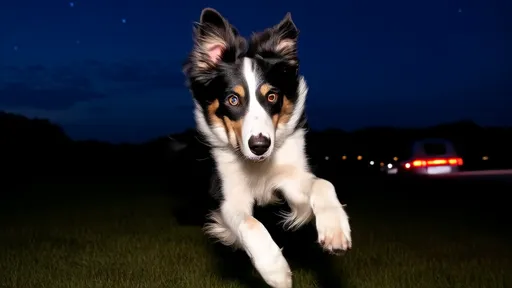
By /Jun 13, 2025

By /Jun 13, 2025

By /Jun 13, 2025

By /Jun 13, 2025

By /Jun 13, 2025

By /Jun 13, 2025

By /Jun 13, 2025

By /Jun 13, 2025

By /Jun 13, 2025

By /Jun 13, 2025

By /Jun 13, 2025

By /Jun 13, 2025

By /Jun 13, 2025
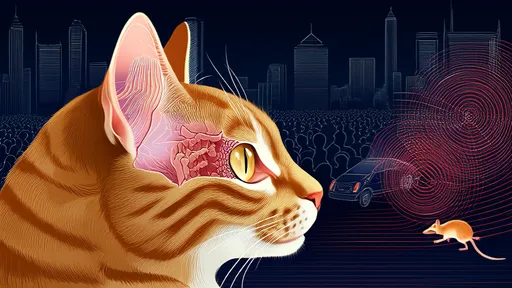
By /Jun 13, 2025

By /Jun 13, 2025
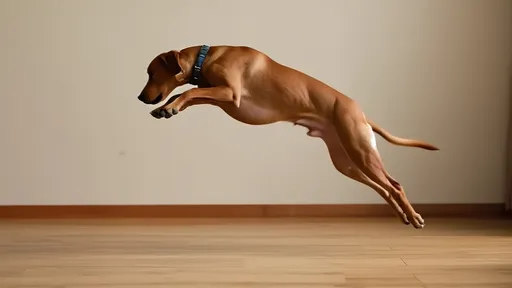
By /Jun 12, 2025
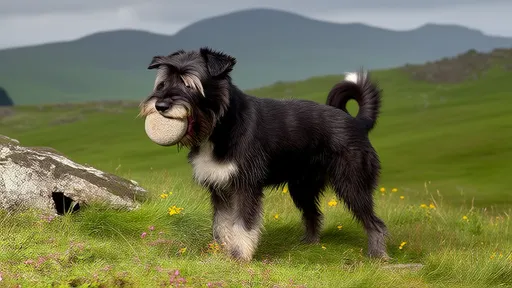
By /Jun 12, 2025
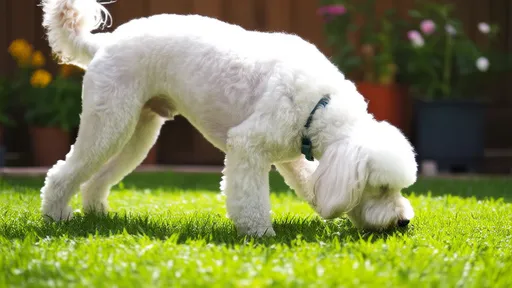
By /Jun 12, 2025

By /Jun 12, 2025